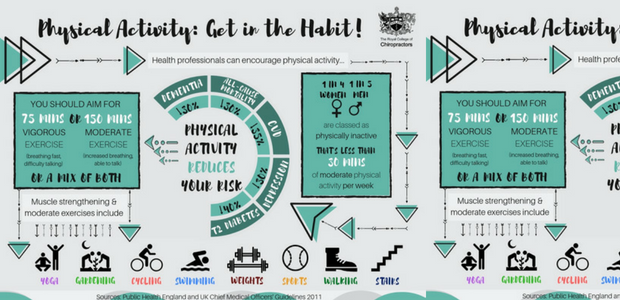Regular Tasks That Contribute To Back Pain And Ways To Prevent Them
Regular Tasks That Contribute To Back Pain And Ways To Prevent Them
Blog Article
Content Writer-Dyhr Harper
Maintaining appropriate stance and avoiding usual pitfalls in day-to-day activities can dramatically influence your back wellness. From just how why is my back hurting so bad rest at your desk to exactly how you lift hefty things, small modifications can make a large difference. Think of a day without the nagging pain in the back that impedes your every move; the solution may be easier than you assume. By making a couple of tweaks to your day-to-day habits, you could be on your way to a pain-free existence.
Poor Pose and Sedentary Way Of Life
Poor position and a less active way of life are 2 significant contributors to back pain. When low back spasms slouch or hunch over while resting or standing, you placed unneeded stress on your back muscular tissues and spine. This can cause muscle inequalities, stress, and ultimately, persistent neck and back pain. Additionally, sitting for long periods without breaks or physical activity can weaken your back muscle mass and lead to stiffness and discomfort.
To fight treatment for back pain , make an aware effort to rest and stand straight with your shoulders back and straightened with your ears. Keep in mind to maintain your feet flat on the ground and stay clear of crossing your legs for extensive durations.
Incorporating routine stretching and strengthening exercises into your daily regimen can additionally help enhance your pose and alleviate neck and back pain associated with a less active way of life.
Incorrect Training Techniques
Inappropriate lifting methods can dramatically contribute to neck and back pain and injuries. When you lift heavy objects, keep in mind to flex your knees and utilize your legs to lift, instead of depending on your back muscle mass. Avoid turning your body while training and maintain the object near to your body to decrease pressure on your back. It's crucial to preserve a straight back and prevent rounding your shoulders while raising to avoid unnecessary stress on your spine.
Always analyze the weight of the things before lifting it. If it's also hefty, ask for aid or use equipment like a dolly or cart to carry it safely.
Bear in mind to take breaks throughout raising tasks to give your back muscles a chance to rest and stop overexertion. By implementing proper training strategies, you can prevent pain in the back and minimize the risk of injuries, guaranteeing your back stays healthy and strong for the long-term.
Lack of Routine Exercise and Stretching
A less active lifestyle devoid of regular workout and extending can significantly contribute to back pain and discomfort. When you don't take part in physical activity, your muscular tissues come to be weak and stringent, bring about poor posture and increased pressure on your back. Routine exercise assists enhance the muscles that support your spinal column, improving stability and minimizing the danger of pain in the back. Including extending right into your regimen can likewise boost adaptability, preventing tightness and discomfort in your back muscles.
To avoid pain in the back triggered by a lack of exercise and extending, aim for at the very least 30 minutes of modest exercise most days of the week. Include exercises that target your core muscles, as a solid core can help ease pressure on your back.
In addition, take breaks to stretch and relocate throughout the day, especially if you have a desk task. Straightforward stretches like touching your toes or doing shoulder rolls can aid soothe stress and stop back pain. Focusing on routine exercise and extending can go a long way in keeping a healthy and balanced back and lowering pain.
Verdict
So, remember to sit up straight, lift with your legs, and remain energetic to avoid pain in the back. By making simple adjustments to your daily practices, you can avoid the discomfort and constraints that include neck and back pain. Care for your spinal column and muscle mass by practicing great stance, appropriate lifting techniques, and normal workout. Your back will certainly thank you for it!
